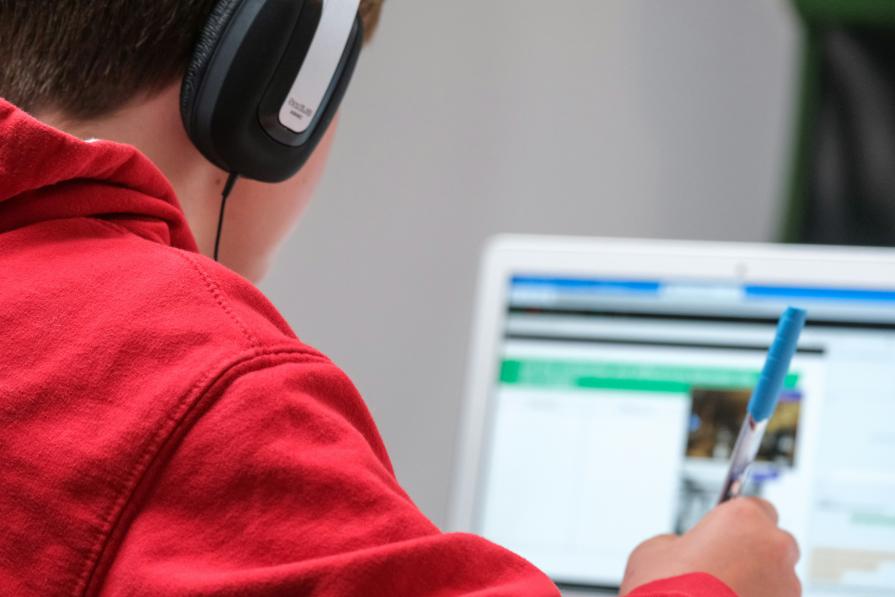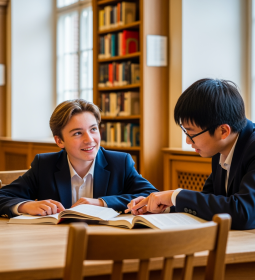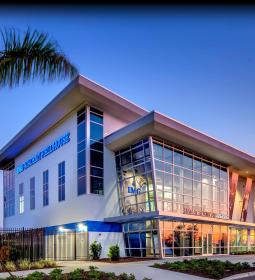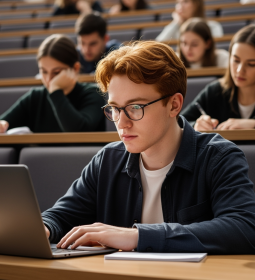In modern education , it is customary to actively use digital content, which combines various media elements: audio, video, texts, graphic images and animation. This comprehensive approach to creating learning materials is known as multimedia learning. Who came up with this format and when?
Richard Meier and His Concept of Multimedia
The concept of multimedia learning, developed by Professor Richard Meier, is an innovative strategy in the development of educational materials. The term first appeared in the 1990s amid the rapid development of digital technology. Initially, Mayer focused on using this concept for online courses, but over time, its application has expanded significantly.
The psychologist pays special attention to the effective combination of methods of presenting educational material: a combination of written and oral texts with visual elements. The main goal is to optimize the process of perception and understanding of the material by students and prevent information overload.
Mayer's theory of multimedia learning is based on finding the optimal balance between the variety of learning materials and their effectiveness. This approach has been widely accepted and is used by educators from around the world. Meyer's work is the result of extensive research in the psychology and physiology of perception.
Multimedia and Multimodality in Education
In 2023, scientists from the UK called multimodal pedagogy one of the key areas in the development of modern education. The word "media" refers to all means of communication designed to convey information, and multimedia implies the combination of various media formats in one content.
The multimedia approach has quickly become a part of the practice of many areas. A prime example of multimedia is online courses, which consist of lectures, presentations, text content, animations, and diagrams.

Multimodality in education uses a variety of human sensory systems to perceive information. This approach includes visual and auditory perceptions, smell, taste, and touch, allowing students to process information through different channels at the same time. People can use words, symbols, and pictures to absorb information: this optimizes the learning process, so developers of learning materials must take into account all the ways in which people absorb information in order to make the curriculum better and more effective.

Richard Meier's theory of multimedia learning is based on psychology and how we process information in the brain. This theory says that we have a limited memory, but its capacity can be improved with the help of new research.
What is the best way to remember information?
Meyer relies on the theory of dual coding : information is better assimilated if it is supplemented with visual elements. This is because there are two subsystems in the human brain: verbal, which processes verbal data, and non-verbal , which focuses on visual objects, including images.
Using both of these systems allows you to effectively combine content when creating training materials. A person has representations in his mind, when he receives information through hearing or sight, we are able to perceive information due to the fact that these two systems interact with each other. For more effective cognition and memorization of information, it is necessary to receive it in both verbal and visual form, which is especially important because visual images are usually remembered better than words.
Principles of Mayer's Theory
Richard Meier's theory of multimedia learning is built on three key principles that determine the effectiveness of multimedia in learning:
- Two-channel perception of information. A person perceives educational material through two main channels – visual and auditory. Simultaneous use of both channels enhances the process of memorization and comprehension of information;
- Limited working memory capacity. The human brain is capable of processing a limited amount of information at once. Working memory overload can interfere with learning, so it's important not to overload the learner with unnecessary or irrelevant information when creating tutorials;
- the student's activity in the process of assimilating knowledge. Learning is an active process in which the student actively selects, organizes, and combines new information with existing knowledge. Multimedia materials should be designed in such a way as not to create an obstacle to this.
Effective multimedia learning requires these three principles to be taken into account. They help determine how best to structure and present the learning material so that it is more effective.














